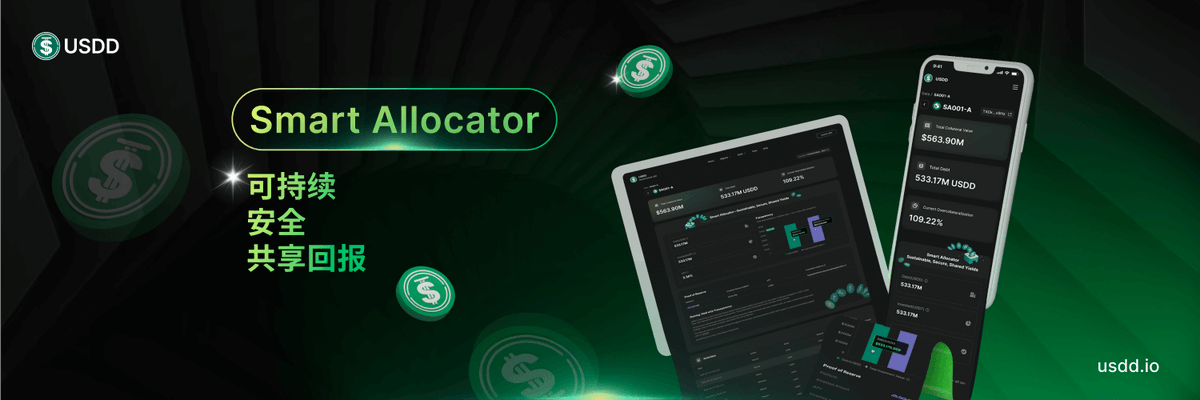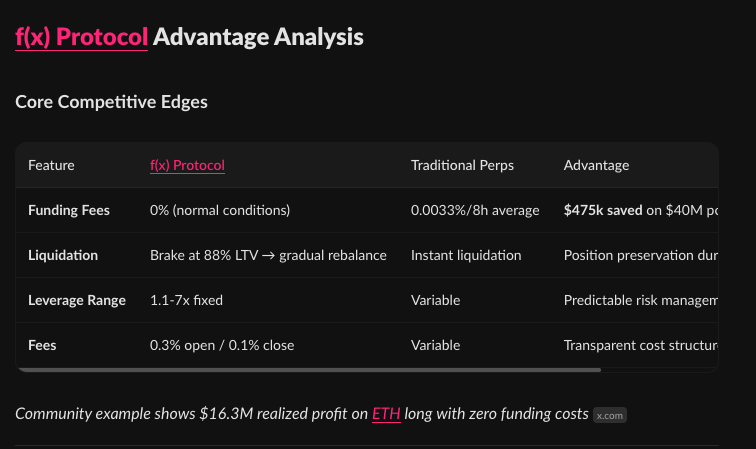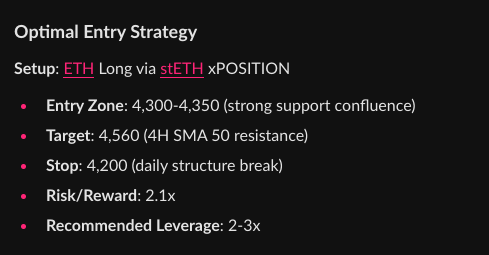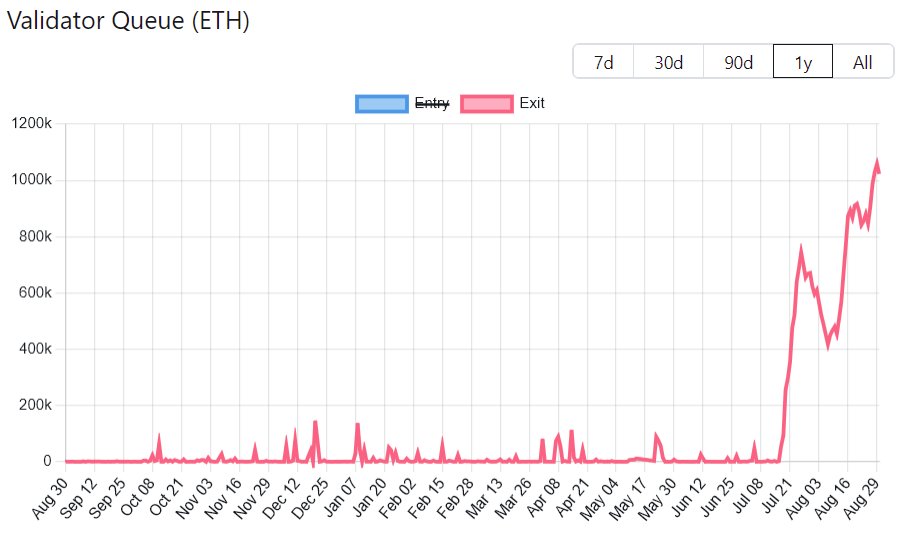Lido Staked Ether price
in EUR€3,827.32
+€96.85 (+2.59%)
EUR
We can’t find that one.
Check your spelling or try another.
Check your spelling or try another.
Market cap
€33.57B
Circulating supply
8.77M / 8.73M
All-time high
€4,230.73
24h volume
€23.10M
3.6 / 5


About Lido Staked Ether
STETH, or Lido Staked Ether, is a token that represents staked Ethereum (ETH) through the Lido protocol. When users stake their ETH with Lido, they receive STETH in return, which accrues staking rewards over time. Unlike traditional staking, STETH remains liquid, allowing holders to trade, lend, or use it in decentralized finance (DeFi) applications while still earning staking rewards. This flexibility makes STETH a popular choice for those who want to participate in Ethereum's proof-of-stake network without locking up their assets. By combining liquidity with staking rewards, STETH plays a key role in enhancing Ethereum's ecosystem and expanding its utility across DeFi platforms.
AI-generated
Disclaimer
The social content on this page ("Content"), including but not limited to tweets and statistics provided by LunarCrush, is sourced from third parties and provided "as is" for informational purposes only. OKX does not guarantee the quality or accuracy of the Content, and the Content does not represent the views of OKX. It is not intended to provide (i) investment advice or recommendation; (ii) an offer or solicitation to buy, sell or hold digital assets; or (iii) financial, accounting, legal or tax advice. Digital assets, including stablecoins and NFTs, involve a high degree of risk, can fluctuate greatly. The price and performance of the digital assets are not guaranteed and may change without notice.
OKX does not provide investment or asset recommendations. You should carefully consider whether trading or holding digital assets is suitable for you in light of your financial condition. Please consult your legal/tax/investment professional for questions about your specific circumstances. For further details, please refer to our Terms of Use and Risk Warning. By using the third-party website ("TPW"), you accept that any use of the TPW will be subject to and governed by the terms of the TPW. Unless expressly stated in writing, OKX and its affiliates (“OKX”) are not in any way associated with the owner or operator of the TPW. You agree that OKX is not responsible or liable for any loss, damage and any other consequences arising from your use of the TPW. Please be aware that using a TPW may result in a loss or diminution of your assets. Product may not be available in all jurisdictions.
OKX does not provide investment or asset recommendations. You should carefully consider whether trading or holding digital assets is suitable for you in light of your financial condition. Please consult your legal/tax/investment professional for questions about your specific circumstances. For further details, please refer to our Terms of Use and Risk Warning. By using the third-party website ("TPW"), you accept that any use of the TPW will be subject to and governed by the terms of the TPW. Unless expressly stated in writing, OKX and its affiliates (“OKX”) are not in any way associated with the owner or operator of the TPW. You agree that OKX is not responsible or liable for any loss, damage and any other consequences arising from your use of the TPW. Please be aware that using a TPW may result in a loss or diminution of your assets. Product may not be available in all jurisdictions.
Lido Staked Ether’s price performance
67% better than the stock market
Past year
+77.69%
€2.15K
3 months
+75.95%
€2.18K
30 days
+23.78%
€3.09K
7 days
-6.54%
€4.09K
Lido Staked Ether on socials

How to choose a decentralized stablecoin? Compare USDe, DAI, USDD
As we all know, both presidents and traditional industry giants have begun to lay out stablecoins, and there are two categories of stablecoins: decentralized stablecoins and centralized stablecoins.
1/ First of all, the casting method
As a stablecoin, the minting method is also very important, and the most comprehensive method is friendly to both novices and Defi veterans.
USDe
Stake ETH or stETH through the Ethena platform and participate in the delta-neutral strategy to generate USDe. ETH is required.
DAI
Staking ETH, WBTC, and other crypto assets through Maker Vault to mint DAI while paying a stability fee.
USDD
Stake TRX, sTRX, USDT through USDD Vault to mint USDD or use USDT through the PSM module on the official website to exchange USDD in 1:1 two-way exchange.
2/ Secondly, there is an essential discussion of unanchored risks
The biggest concern for stablecoins is nothing more than the risk of de-pegging, just like UST and Luna in the past, which are gone, so if you want to achieve stable profits, you need to care about the stability method and whether there is a risk of de-pegging.
USDe
USDe maintains a 1:1 USD peg through a delta-neutral strategy, relying on algorithms and market arbitrage. However, hedging strategies may fail in extreme market conditions, leading to short-term deanchoring. Historical data indicates that USDe has experienced short-term depegging.
DAI
DAI maintains a 1:1 peg to the US dollar through over-collateralized crypto assets, relying on smart contracts and arbitrage mechanisms to adjust supply and demand. If the price of the collateral asset plummets, liquidation may be triggered, leading to a decrease in the supply of DAI and short-term de-anchoring.
USDD
USDD maintains stability through the overcollateralization + PSM module, and the PSM module accounts for more than 90%, so there is no need to worry in extreme market conditions, because it can be exchanged in both directions 1:1 at any time.
3/ Finally, the yield we care about
After the security is determined, we definitely need to choose a stablecoin with a suitable yield to use or stake to make a profit, here we intercept the official income of the three stablecoins.
USDe
The yield of the USDe official protocol is relatively volatile, reaching a high of 28% in the past year, a low of about 3.5%, and the latest data is around 9%.
DAI
DAI's yield on AAVE is about 3.24%, which is low in the recent market, and other protocols have slightly higher returns but smaller TVL.
USDD
USDD has a yield of about 6% in the officially supported JustLend, and can reach a yield of 8~10% in some CEXs, which is very stable.
So which one do you think is better for you?
@justinsuntron @usddio_cn @usddio

Guides
Find out how to buy Lido Staked Ether
Getting started with crypto can feel overwhelming, but learning where and how to buy crypto is simpler than you might think.
Predict Lido Staked Ether’s prices
How much will Lido Staked Ether be worth over the next few years? Check out the community's thoughts and make your predictions.
View Lido Staked Ether’s price history
Track your Lido Staked Ether’s price history to monitor your holdings’ performance over time. You can easily view the open and close values, highs, lows, and trading volume using the table below.

Own Lido Staked Ether in 3 steps
Create a free OKX account
Fund your account
Choose your crypto
Lido Staked Ether FAQ
Currently, one Lido Staked Ether is worth €3,827.32. For answers and insight into Lido Staked Ether's price action, you're in the right place. Explore the latest Lido Staked Ether charts and trade responsibly with OKX.
Cryptocurrencies, such as Lido Staked Ether, are digital assets that operate on a public ledger called blockchains. Learn more about coins and tokens offered on OKX and their different attributes, which includes live prices and real-time charts.
Thanks to the 2008 financial crisis, interest in decentralized finance boomed. Bitcoin offered a novel solution by being a secure digital asset on a decentralized network. Since then, many other tokens such as Lido Staked Ether have been created as well.
Check out our Lido Staked Ether price prediction page to forecast future prices and determine your price targets.
Dive deeper into Lido Staked Ether
stETH, an innovative transferable utility token, embodies a portion of the aggregate ETH staked within the protocol and comprises both user deposits and staking rewards. The token's daily rebasing feature ensures real-time reflection of its share's value each day, facilitating enhanced communication of its position.
ESG Disclosure
ESG (Environmental, Social, and Governance) regulations for crypto assets aim to address their environmental impact (e.g., energy-intensive mining), promote transparency, and ensure ethical governance practices to align the crypto industry with broader sustainability and societal goals. These regulations encourage compliance with standards that mitigate risks and foster trust in digital assets.
Market cap
€33.57B
Circulating supply
8.77M / 8.73M
All-time high
€4,230.73
24h volume
€23.10M
3.6 / 5








































